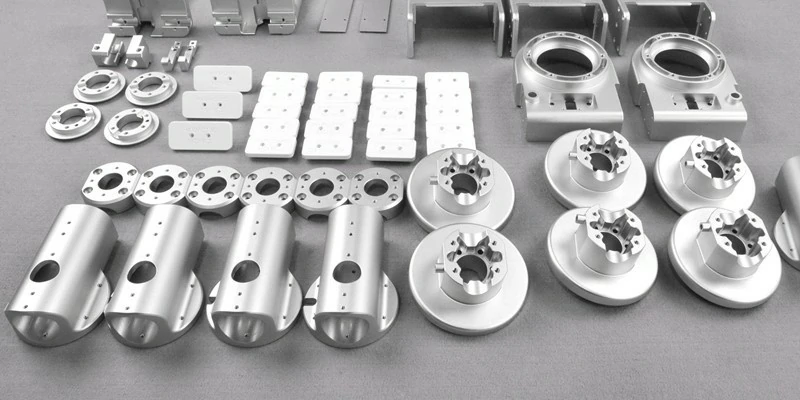Title: Advantages of Machined Aluminum Workpieces in Prototyping
Introduction:
Prototyping is a crucial stage in product development, allowing engineers and designers to refine their concepts before mass production. When it comes to prototyping, machined aluminum workpieces offer numerous advantages. This article explores the benefits of using machined aluminum workpieces in the prototyping process.
1. Lightweight and Durable:
Aluminum is renowned for its lightweight yet durable nature. Compared to other materials commonly used in prototyping, such as steel or plastic, machined aluminum workpieces provide excellent strength-to-weight ratio. This lightweight property makes it easier to handle and transport prototypes during testing phases. Additionally, aluminum’s durability ensures that prototypes can withstand rigorous testing without compromising structural integrity.
2. Excellent Precision and Tolerance:
Accuracy is paramount in prototyping. Machined aluminum workpieces offer exceptional precision and tolerance levels, making them ideal for creating intricate and complex prototypes. The machining process allows for tight tolerances, ensuring that every detail of the design is accurately replicated. This precision is especially crucial when testing the functionality of mechanical parts or components.
3. Versatility and Flexibility:
Aluminum is a highly versatile and flexible material, making it suitable for a wide range of prototyping applications. It can be easily shaped, cut, or machined into various forms, allowing engineers to create prototypes that closely resemble the final product. Machined aluminum workpieces can also be easily modified or adjusted during the prototyping stage, enabling quick iterations and improvements to the design.
4. Enhanced Heat Dissipation:
Many products, especially those involving electrical components, generate heat during operation. Aluminum’s high thermal conductivity makes it an excellent choice for prototypes that require efficient heat dissipation. Machined aluminum workpieces can help evaluate the cooling performance of a design, ensuring that the final product maintains optimal operating temperatures.
5. Cost-Effective:
While the cost of raw aluminum may be higher than other materials, the overall cost-effectiveness of machined aluminum workpieces in prototyping is notable. Aluminum’s durability and resistance to wear and tear minimize the need for frequent replacements during the prototyping phase. Additionally, the ease of machining aluminum reduces production time, optimizing efficiency and reducing labor costs.
6. Compatibility with Surface Finishes:
The aesthetic appeal of a product plays a significant role in its success. Machined aluminum workpieces allow for easy integration of various surface finishes, such as anodizing or powder coating. These finishes enhance the appearance and offer additional protection against corrosion, providing a realistic representation of the final product.
Conclusion:
Machined aluminum workpieces offer a plethora of advantages in the prototyping process. From their lightweight composition and exceptional precision to their versatility and compatibility with surface finishes, aluminum workpieces are an ideal choice for engineers and designers looking to create functional and visually appealing prototypes. With their durability, cost-effectiveness, and enhanced heat dissipation properties, machined aluminum workpieces continue to be a valuable tool in the pursuit of innovation.
.webp)



